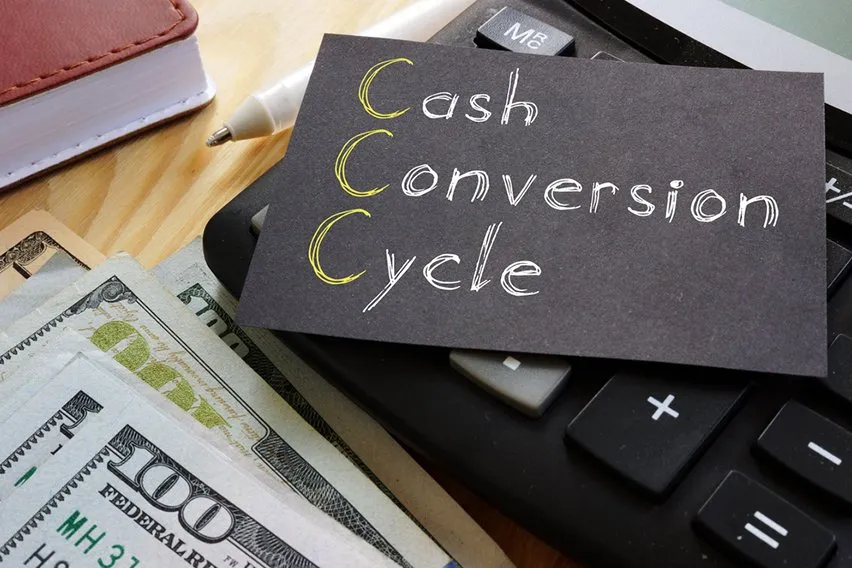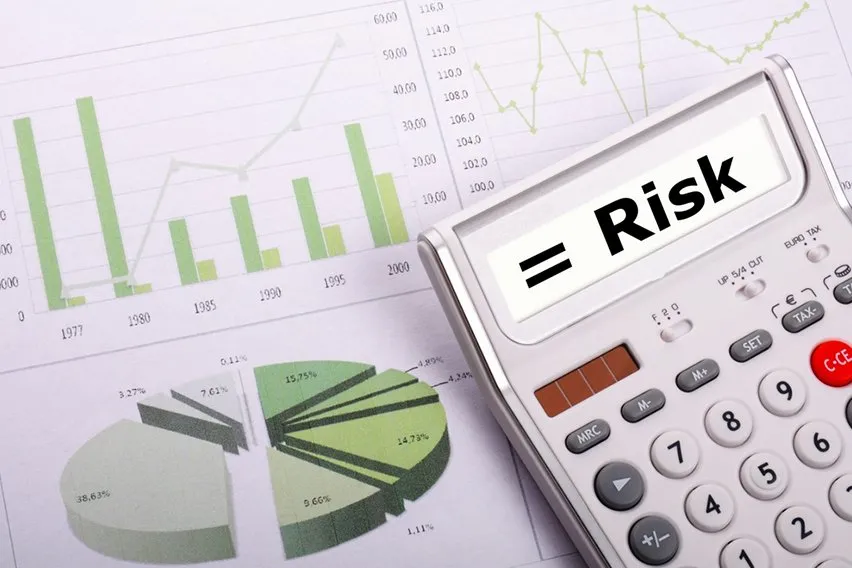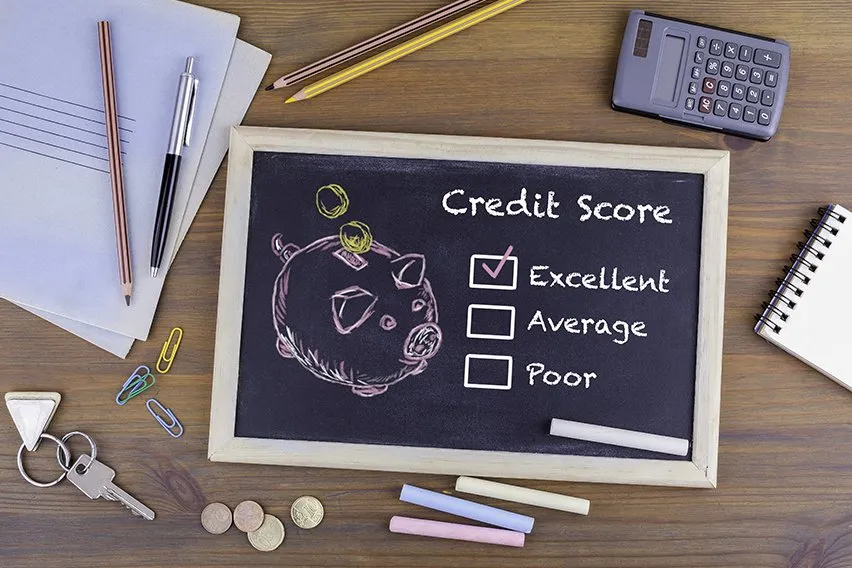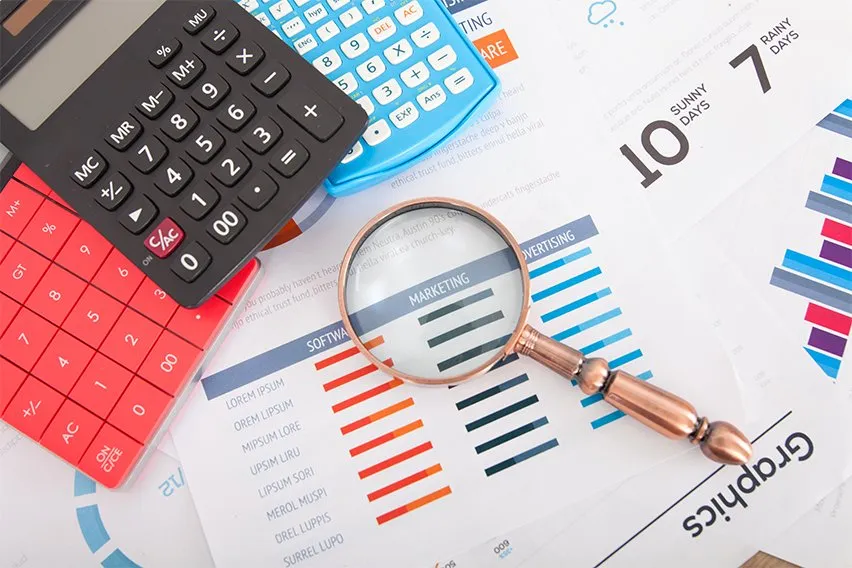Cash Conversion Cycle (CCC): Definition, Formula & Calculation

As a small business owner, there are several financial measures you need to be aware of to help make sure you’re profitable. Some of the most common measures are things like sales projections and cash flow, but your cash conversion cycle (CCC) is also important.
You might not really be aware of exactly how it works or diligently monitoring it. But it can affect different areas of your business if you aren’t monitoring it correctly. Your cash conversion cycle can be a way to determine your business’s financial health and if it lacks liquidity, among other things.
Let’s take a look at how the cash conversion cycle works and how to calculate it.
Here’s What We’ll Cover:
How Does the Cash Conversion Cycle Work?
How to Do a Cash Conversion Cycle Calculation
Why Does Your Cash Conversion Cycle Matter?
How Does the Cash Conversion Cycle Work?
The cash conversion cycle is a way to measure how long your business takes to convert cash into inventory. And then turn that inventory into sales and back into cash again. The cash conversion cycle is determined by how long you take to sell your inventory and how long it takes for you to collect the accounts receivable. It also includes how quickly you can pay your accounts payable.

It’s broken into three different components.
- Days Inventory Outstanding (DIO). This relates to the average time it takes for you to convert inventory into a finished product and then sell it. To calculate DIO, just take the average inventory and divide it by the cost of the goods. Then multiply it by 365.
- Days Sales Outstanding (DSO). This relates to the average number of days it takes for your accounts receivable to get collected. To calculate DSO, just take your accounts receivable and divide it by your net credit sales. Then multiply it by 365.
- Days Payable Outstanding (DPO). This relates to the average length of time that it takes for you to purchase products from vendors and then pay them. To calculate DPO, just take your accounts payable and divide it by the cost of goods sold divided by 365.
How to Do a Cash Conversion Cycle Calculation
To help keep things simple, the cash conversion cycle formula looks like this:
Days Inventory Outstanding (DIO) + Days Sales Outstanding (DSO) – Days Payable Outstanding (DPO) = Cash Conversion Cycle (CCC)
It might depend on the type of business that you do, but having a shorter or negative cash conversion cycle is best. It means that you don’t have working capital tied up in other things and your business has good liquidity.
If your cash cycle number is too high, it can reflect the number of days that your business has had working capital tied up. Which increases the time you have to wait for accounts receivable to get paid. It could also be higher if you sell a lot of products to customers on credit, where they might take 30, 60 or up to 90 days to pay you.
To help keep your cash conversion cycle as low as possible, try and keep your accounts receivable process as efficient as you can. The faster and more efficient your sales process, the quicker you will receive cash from customers.
Why Does Your Cash Conversion Cycle Matter?
Your cash conversion cycle affects several areas of your business. Including your operating cycle and cash flow calculations. So having a lower, or even negative, cash conversion cycle is best for investment potential with vendors. It helps to determine the financial health of your business and its overall liquidity.
So, the more liquidity your business has, the more likely you are to get a business loan if you need one or meet other financial obligations. Keeping accurate financial statements can be helpful. It can also get taken into account by suppliers if they are deciding whether or not to extend company credit.

Key Takeaways
Not every type of business is going to benefit from understanding their cash conversion cycle. Understanding your cash conversion cycle helps determine the financial health of your business. To figure out your cash conversion cycle, it’s broken into three components.
Days Inventory Outstanding (DIO), Days Sales Outstanding (DSO) and Days Payable Outstanding (DPO). You use that information to figure out and measure how long your business takes to convert cash into inventory. And then how long it takes to turn that inventory into sales and then back into cash again. You want to be able to receive payment from customers as soon as possible to balance your cash inflow and cash outflow.
It can be important to know your cash conversion cycle days if you’re looking to take out a new business loan or you are looking for new lenders or investors. Having a lower cash conversion cycle means that your business has more liquidity. This is more appealing and shows possible investors that your business is solid with a cash conversion cycle analysis.
Did you enjoy reading this guide? Head over to our resource hub for more great content!
RELATED ARTICLES

 What Is an EORI Number & How to Get One
What Is an EORI Number & How to Get One Market Risk: Definition, Overview & Application
Market Risk: Definition, Overview & Application What Is a Dormant Company? The Guide
What Is a Dormant Company? The Guide What Is Intrapreneurship? Definition & Characteristics
What Is Intrapreneurship? Definition & Characteristics What Is a Trade Creditor: Definition
What Is a Trade Creditor: Definition What Is Perpetuity? A Complete Guide
What Is Perpetuity? A Complete Guide